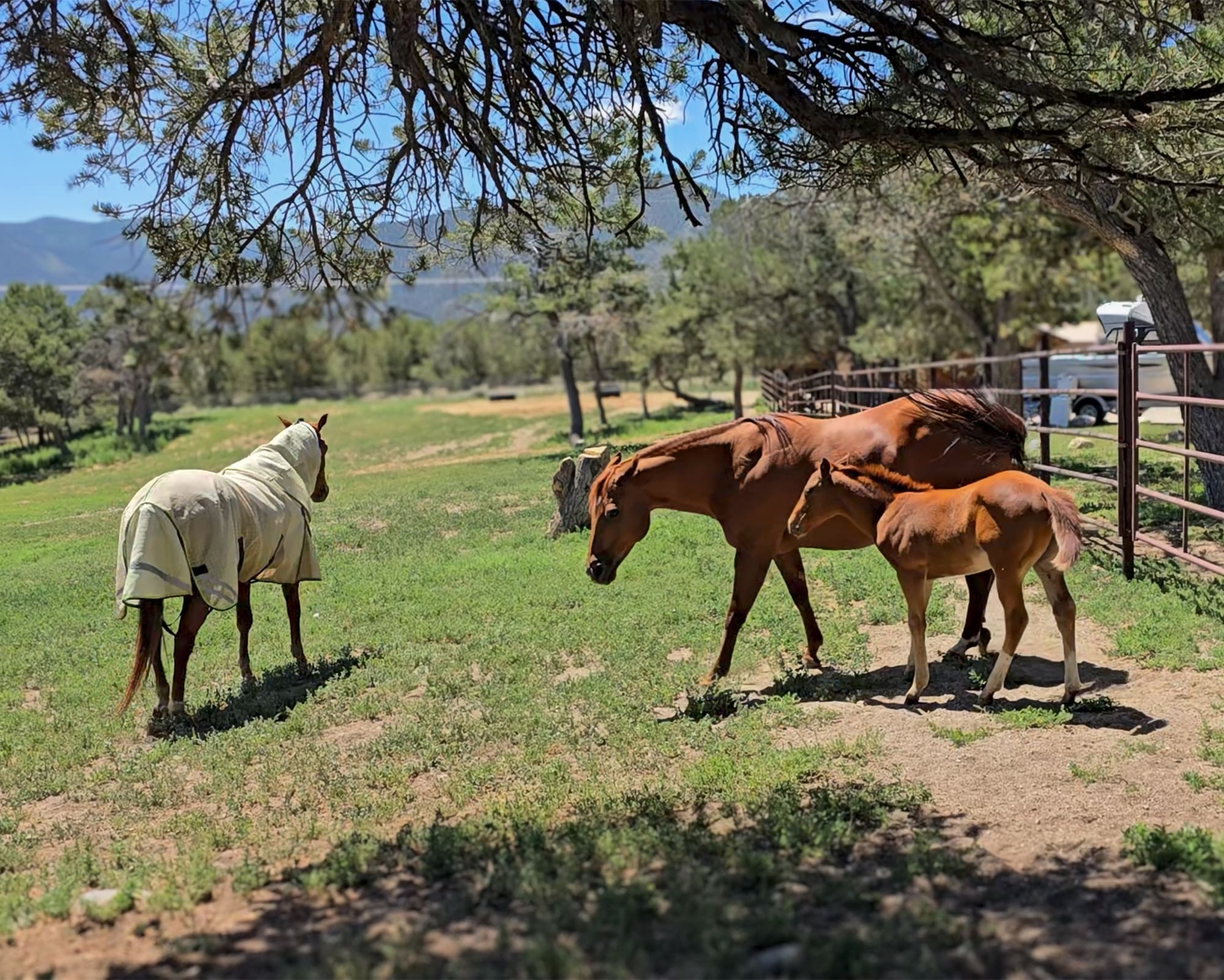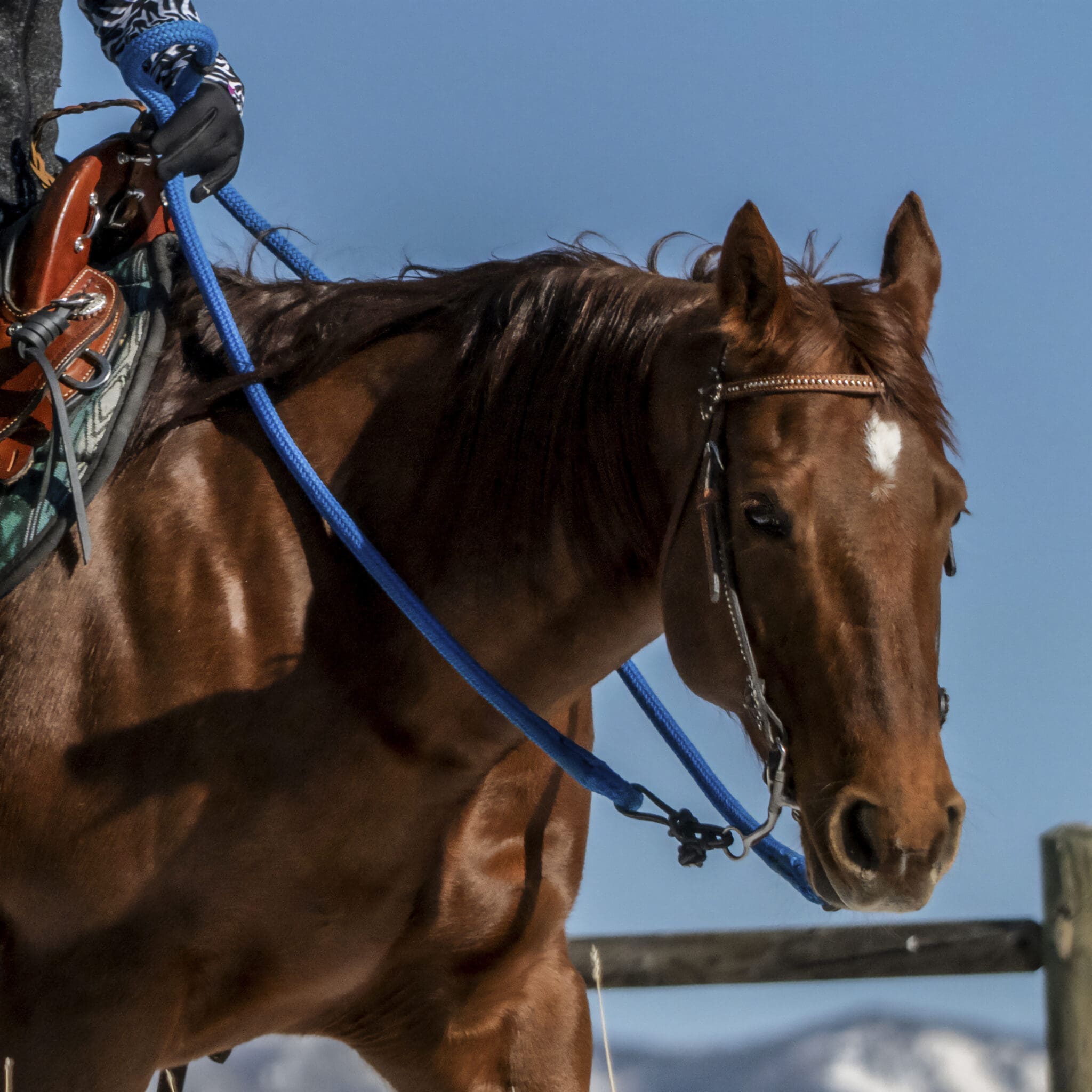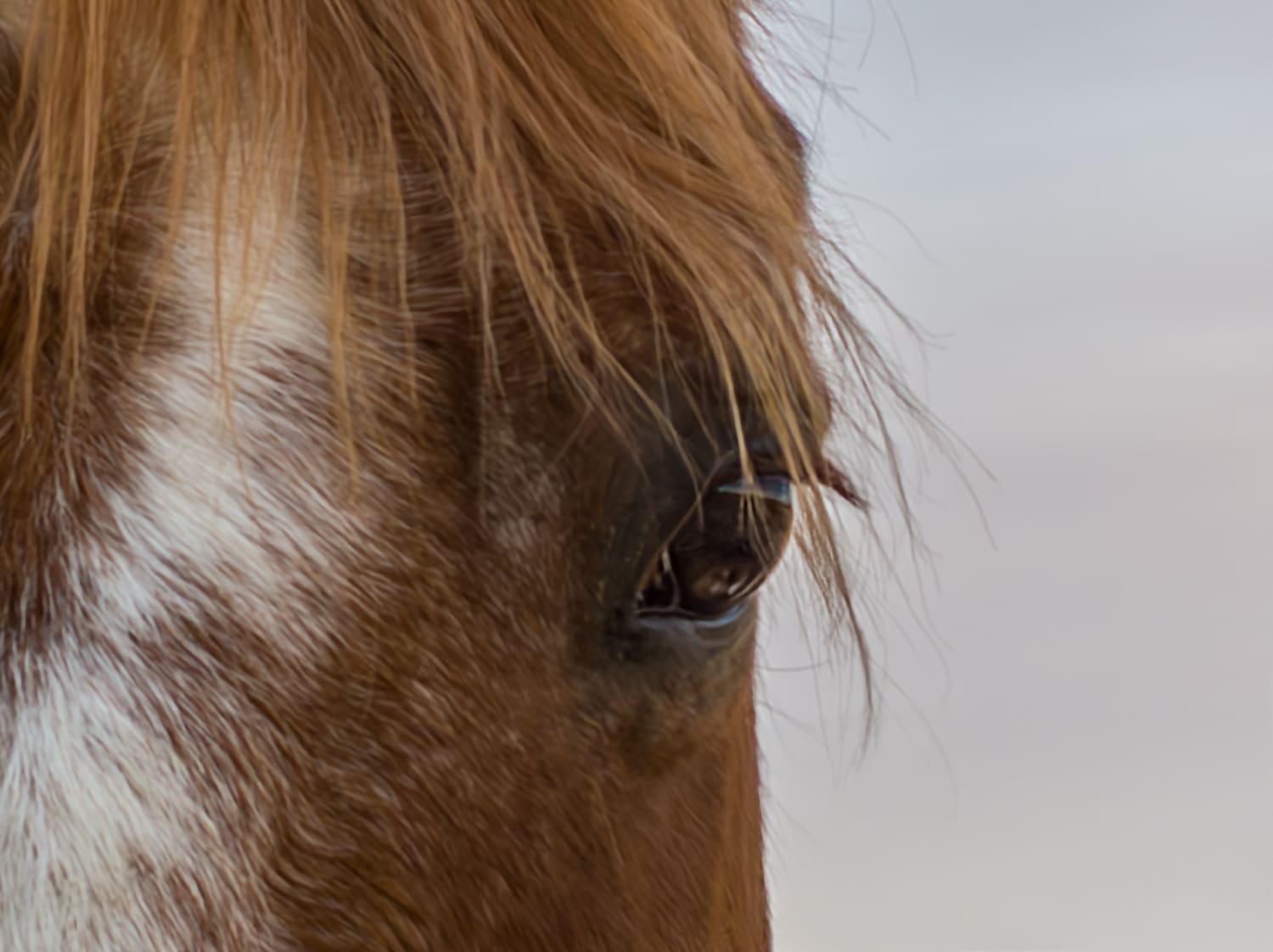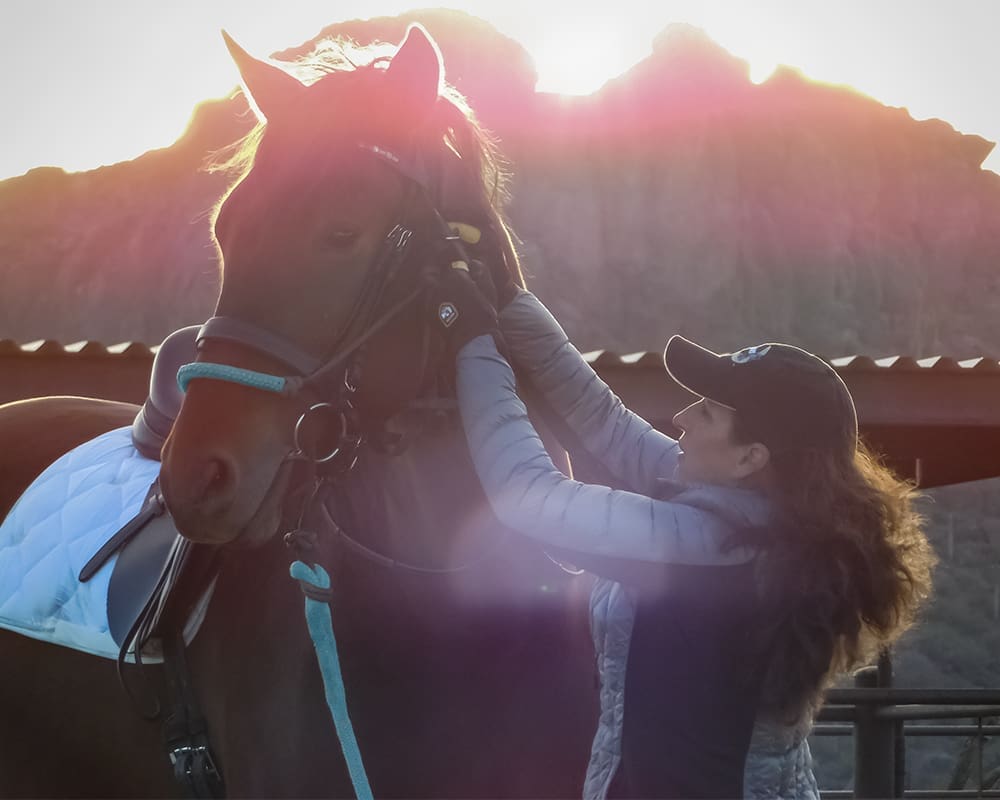Tucked away in a corner of the Palm Beach International Equestrian Center in South Florida’s elite horse capital, a small but impressive group of equestrians, physicians, researchers, manufacturers and organizational leaders gathered to discuss the current state of helmet-wearing among equestrians and consider what might be done to promote greater compliance in the future. I was glad to be invited and happy to be there representing CHA a non-profit organization that promotes safety in horsemanship.
The meeting was organized by a group known as Riders4Helmets.com, which was founded in 2010 after the tragic accident in February of a renowned dressage rider, Courtney King-Dye. Courtney’s FEI level horse stumbled and fell as she was warming up in the arena, causing a traumatic brain injury and placing her in a coma for a month. Courtney has survived her injuries and is undergoing a lengthy recovery to help return her life to normal. Courtney was supposed to speak at the opening of the meeting but unfortunately suffered a seizure the night before and was unable to attend. It was an ominous beginning to the meeting and really, nothing more needed to be said about the importance of it.
The meeting was moderated by Dr. Craig Ferrel, Head physician for the US Equestrian Team, and one of many impressive speakers we heard throughout the day. He started us out with a very illuminating fact that basically sums up the atmosphere of helmet wearing that currently exist in this country. In 1868, groin protection (athletic cups) was introduced into the National Hockey League, but it was not until 100 years later that helmets were introduced. Shows us where our priorities are! Although the hockey helmets were vehemently protested among the players at first, they quickly became accepted because of the protection they provided and the injuries they prevented and now, it is a given that all hockey players, at every level wear helmets.
There was a tearful and heart wrenching story from Kemi O’Donnell, a mother whose 12 y/o daughter died of a head injury while wearing an old-fashioned velvet hard hat, after a fall-off from the walk into 4” of sand. Sadly the mother thought when she bought the hat that she was buying a helmet that would protect her daughter, and she’ll carry that guilt for the rest of her life. O’Donnell has lobbied hard for federal legislation to ban the sale of hard hats that look like a helmet. With the help of Senator Dodd (CT), this legislation has been introduced and defeated three times.
David O’Connor, the President of the USEF and a gold-medal Olympian, was next to speak and his points were short and sweet. He said that fashion and culture have been huge roadblocks when it comes to helmet compliance and that the velvet hard hat was invented by fox hunters to prevent sticks and branches from poking the rider’s head—it was never intended to protect from head injury. O’Connor said, “Not wearing a helmet is indefensible—if you have the technology [to save lives and prevent injury], you have to use it.” O’Connor described current trends in the show world where top riders refuse to wear a helmet in the warm-up pen, only putting it on when they enter the show ring and have to, often taking it off before even leaving the ring, sending a mixed message to younger riders. O’Connor is an outspoken proponent of rule changes that would require all riders to wear helmets any time mounted on a horse at the show grounds at any USEF or FEI sanctioned competition.
Next we heard from Dr. Allen Sills, a neuro-surgeon from Vanderbilt University who has a special interest in sports and in particular in athletes with an “athletic brain injury.” Dr. Sills reported that 12% of all sports related traumatic brain injuries (TBIs) are equestrian. Wow. That’s a big figure when you consider ALL SPORTS, many of which have much more participation than equestrian sports. Could it be that we have such a high percentage because of a lack of use of helmets? Dr. Sills also noted that younger people (under 18) and females are slower to recover from TBI. These facts are significant when you think of the demographics of our sport.
Rate of recovery is also affected by the number of previous concussions an athlete has had and Dr. Sills noted the importance of “back to play” rules and baseline testing of athletes in order to prevent athletes from going back to play too soon after a concussion. He stressed that the severity of the concussion is not directly related to level of consciousness; you do not have to be knocked unconscious to have a serious brain injury and an athlete that is eager to get back to his sport may hide symptoms from caregivers and coaches (and riding instructors).
Professor Dave Halstead, University of TN Sports Biomechanics researcher, who is also on the board for the ASTM Equestrian, which tests and certifies riding helmets, gave an extensive and at times startling and hilarious presentation on helmets and concussion. He elaborated on the high-tech research and testing techniques used. Much of the research into helmets regards football, since it is such a big dollar and ubiquitous sport, rife with blows to the head. Basically with the advent of modern football helmets, the incidence of skull fracture in football is now zero. The incidence of concussion in football players dropped from 950 to 250 million per year, but unfortunately there is one type of brain injury that helmets do not protect from.
Helmets protect us well from linear impact and other focal injury but do little to prevent rotational acceleration injury. It’s a great idea to wear a helmet when riding or on the ground around a horse because of all the potential for linear impact, like from getting kicked in the head or falling to the ground and hitting a rock or a fence post from 8-10 feet in the air. With the high risk and unpredictability of horses, combined with the height from the ground your head is when mounted, it definitely pays to protect your head.
Rotational acceleration injuries may occur with or without an impact to the head and it is a diffuse type of brain injury that occurs with rapid acceleration/deceleration, causing the brain to “slosh” in the skull, creating small tears and bleeds throughout the brain. Helmets cannot protect the head from rotational acceleration since the brain is basically floating in a pool of cerebral spinal fluid and moves inside the skull. The head jerking forward or back alone can cause this type of injury and when it occurs without an impact to the head, it can be easily missed at first.
Dr. Halstead has also done considerable research into the objections of athletes to wearing helmets and says you can basically sum up every refusal to wear headgear to one of these three reasons:
- It’s not gonna happen to me.” (I am better than that or my horse is better than that)
- I cannot do my sport with a helmet on” (it interferes with performance)
- It has to pass the mirror test (I’ll only wear it if it looks good)
Making helmets more comfortable and stylish are important mandates for helmet manufactures—most of whom were represented at the meeting and helped sponsor the event, Troxel, Charles Owen, GPA and Tipperary. Dr. Ken Phillips discussed his innovative head protection system that could be incorporated into helmets to help protect against rotational injury. It involves a membrane on the outer shell that reduces rotational injury by moving on the helmet like your scalp moves across your skull. His technology has not yet been adopted by any equestrian helmet manufacturers and it is still in its early stages of research.
Dr. Richard Timms from Troxel helmets helped explain one reason why equestrian helmets lag behind other sports like bicycling and motorcycling (which has a head injury rate equal to equestrian sports on a minute by minute basis). Most riding accidents occur in the private domain while most cycling injuries occur on public roadways. Therefore more reporting is done and more data is available to researchers; no data, no research, no government involvement. According to Dr. Timms, whose career has been spent in researching injury prevention, equestrian helmets have the greatest reduction of deaths of all injury prevention products on the market.
Sara Ike from the USEF (United States Equestrian Federation), the governing body for equestrian sports in the US, formerly the AHSA (American Horse Show Assn.) gave an interesting synopsis of the history of equestrian helmets according to their rule books. Her timeline follows:
- 1981, US Pony Club passes helmet requirement
- 1986, helmets required for juniors
- 1992, helmet rules were relaxed
- 1994, rules said there could be no penalty for any rider electing to wear a helmet in any discipline
- 2000, combined driving requires helmets
- 2001, driving rule is dropped
- 2005, driving rule reinstated
- 2006, ASTM-SEI certified helmet required for jumping, equitation, and Paso Fino shows
- 2012, helmets mandatory at all levels for dressage and combined training (proposed)
There were other speakers and numerous testimonials from brain-injured riders and elite equestrians from the worlds of Polo, racing, show jumping, dressage and combined training, all of whom have climbed on the bandwagon of advocating the use of helmets at all levels of equestrian sport. But they were preaching to the choir because after hearing all the presentations, if not before, everyone there was on board.
This was the first of what hopefully will be a series of summit meetings about promoting helmet use in equestrian sports. Next, I’d like to see representatives from youth organizations, breed organizations, trail riders and yes, even Western disciplines. We’ll have to approach this from a cultural, generational and legislative (rules) approach and it may take years (or generations) to accomplish our goals, but perhaps this is the beginning.
Check out these Troxel Helmets
Enjoy the ride!
Julie



